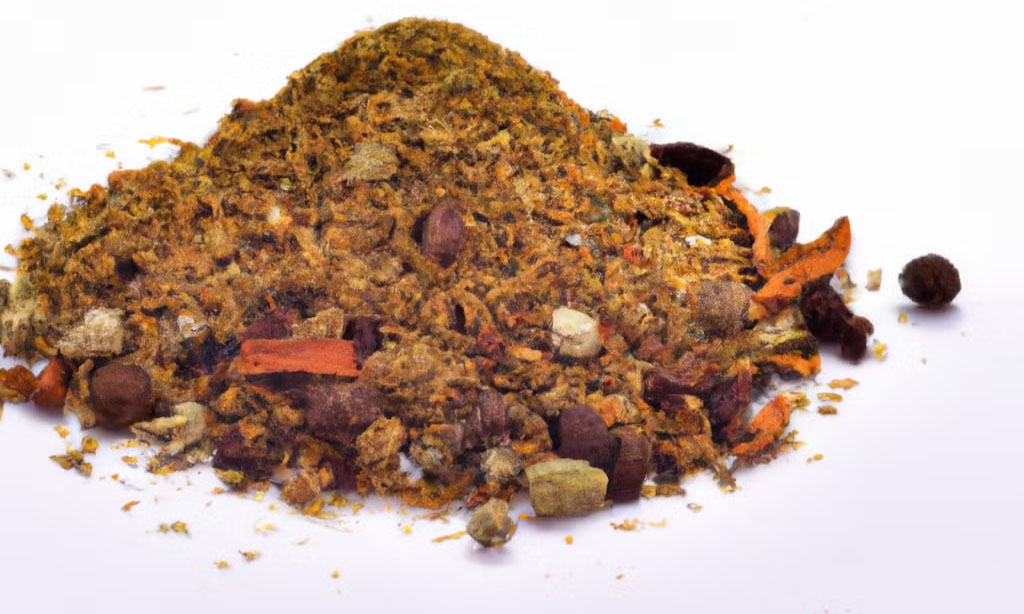Garam masala is a complex and intensely aromatic spice blend that plays a central role in Indian and South Asian cuisines. Unlike regional masalas that focus on specific flavor profiles or applications, garam masala is prized for its ability to add depth, warmth, and a rich bouquet of aromas to a wide variety of dishes. The term “garam” means “hot” in Hindi, but rather than referring to spiciness, it alludes to the warming quality of the spices, which are believed to heat the body according to Ayurvedic principles.
The composition of garam masala varies significantly across regions, households, and even individual cooks. However, some common spices form the backbone of most blends: cinnamon, cardamom, clove, cumin, coriander, black pepper, and nutmeg. These whole spices are typically toasted before being ground, which helps release essential oils, enhancing the depth and complexity of the final blend. In some versions, additional spices like star anise, bay leaves, fennel seeds, or dried chiles may be included to further diversify the flavor profile.
What sets garam masala apart from other spice blends is its versatile nature and timing of use. Unlike curry powders or masalas used early in the cooking process, garam masala is often added toward the end of cooking or as a finishing spice. This preserves its delicate aromatics, allowing its full fragrance to bloom just before serving. However, some recipes incorporate it during the marination or tempering stages to infuse a dish with a slow, simmering warmth.
Culinary uses for garam masala extend far beyond traditional curries. It can be sprinkled over roasted vegetables, used to flavor rice pilafs, or mixed into doughs for breads and flatbreads. Its robust, layered flavor profile enhances both vegetarian and non-vegetarian dishes—whether elevating the simplicity of a dal or adding a rich dimension to meat-based dishes like rogan josh or biryani. Garam masala can also be creatively used in soups, stews, and even desserts like spiced cakes and puddings, where its warm spices harmonize with sweet ingredients.
A critical element of garam masala is balance. A well-crafted blend should not have any one spice dominating the rest. Instead, the key is a symphony of warm, spicy, and sweet notes, with each spice enhancing the others. The quality of spices and proper toasting are essential to achieving this balance, which is why many chefs prefer to make their own garam masala at home.

